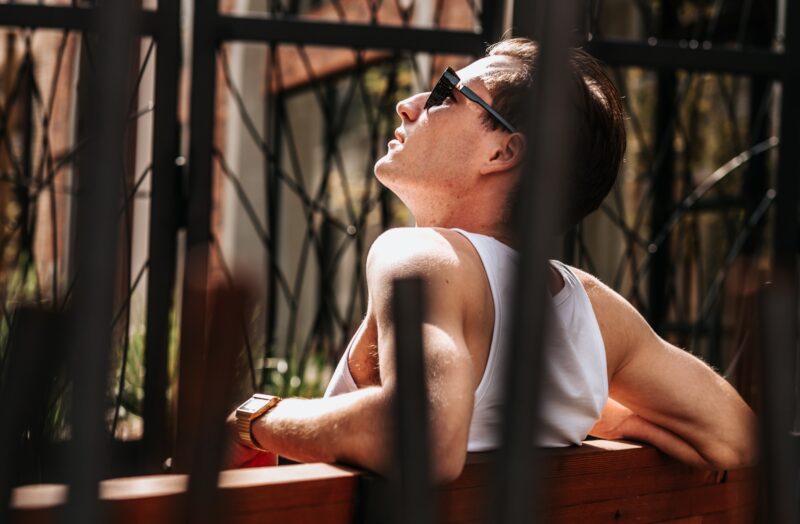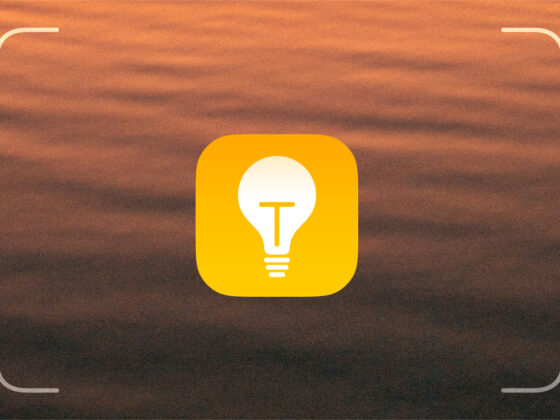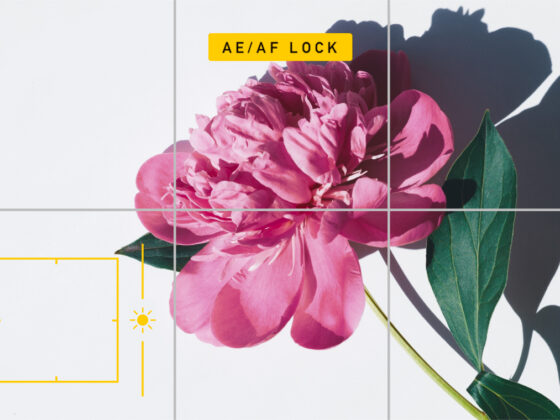Lifestyle photography captures real people doing real things. It has certain aspects in common with portrait and family photography, but the goal is to capture authentic moments in a creative way. That means no studios, fancy lighting setups, or staged poses, but it doesn’t mean taking random snapshots and slapping a “lifestyle” label on it. Above all else, lifestyle photography captures real life in a way that tells a creative story. Great lifestyle photography requires skill, creativity, and the ability to find special moments within everyday life.
What is lifestyle photography, and what does it include?
Lifestyle shots tell an intimate, unstaged story. In this way, lifestyle photography has a lot in common with photojournalism, but it occupies its own space in the world of photography as a beautiful mashup of genres. Most lifestyle shots include people, but human subjects aren’t mandatory if you see a story that needs telling and there isn’t someone around to tell it. Photos of life being lived can focus on a setting, event, or object as long as they are real and impactful.
Portrait vs. lifestyle photography
Most portraits capture a person’s emotions or personality in a photo that is posed. The person isn’t likely doing much except posing for the photo, and portrait photographers traditionally use a shallow depth of field to minimize distractions and really focus on the person being photographed.
Lifestyle photography, however, focuses more on the whole story, capturing a person in their natural environment — working, playing, or just being themselves. The setting is part of the lifestyle shot, and while it isn’t staged, it will include elements that will add to the photographic story being told.
Lifestyle vs. family photography
Lifestyle and family photography share several elements and can often be very similar. Many family photographers are actually shooting lifestyle shots by letting families interact naturally while the photographer captures images. Posed family photographs will not fall into the lifestyle category, but we have seen many great family photos that have all the essential elements for a great lifestyle photo — natural setting, natural interactions, and a visual story.
What is lifestyle product photography?
Lifestyle product photography can be used by companies to highlight how products are used by people. They will usually be more staged than a traditional lifestyle photoshoot, but a good lifestyle photographer will aspire to showcase the product in a way that appears natural. With lifestyle product photography, the challenge is finding balance. The product should obviously be the focal point, but the setting, people, and lighting all play an important role in giving the shot a realistic and non-contrived look.
iPhone Camera settings and lenses for lifestyle photos
In many ways, your iPhone is the perfect camera for lifestyle photography. iPhones are unobtrusive and unintimidating, so you can stealthily take photos that are a bit more natural. Here are some settings and lenses that we’d recommend for making your lifestyle photos stand out.
Shoot in Burst mode
Burst mode takes lots of photos in quick succession, so it’s useful for capturing moments where people are moving quickly. Shoot now and choose your favorite shots later. To shoot in Burst mode, hold your finger on the shutter and pull to the left.
Use AE/AF Lock
Hold your finger on the screen wherever you want your lens to focus. When the yellow box appears around the object, you know it’s working. You can also move the yellow sun on your screen up to make the scene brighter or down to make it darker.
Use a telephoto lens
Are you shooting with a newer iPhone that has different lens options? Try the telephoto lens for more intimate shots of the people you are photographing, or simply to capture a scene without being so close that you disrupt it. If you’re iPhone isn’t equipped with a telephoto lens, don’t be tempted to use your phone’s optical zoom. Instead, invest in an external telephoto lens that you can use whenever your photoshoots call for more flexibility.
5 lifestyle photography tips you should follow
Ready to plan your first lifestyle photoshoot? Here are some tips and ideas for unique lifestyle photos.
1. Shoot where your subjects feel comfortable
When shooting lifestyle photos, the last thing you want is a scene that feels contrived and fake. While your setting is important, what’s more important is that it’s authentic. Photograph subjects wherever they are most comfortable, whether it’s walking in the woods or chilling on the couch. Messy house? Don’t sweat it. Those objects that feel distracting now will make for great memories later on.
2. Don’t pose your subjects
It can be tempting to tell people to hold their poses or to look in a certain direction, especially if you have experience doing that with other types of photography. With lifestyle photography, you are looking for more candid moments. Instead of telling subjects how to pose, suggest activities that they can do and then capture them in poses that are natural.
3. Capture the details
You are telling a story with your lifestyle photos, which means that small details are just as important as the big picture. Between shots of your subjects doing things, be on the lookout for details that make the moment special. It may be a pair of hands holding a steaming cup of tea, the lace on the hem of a dress, or even a close-up of toys strewn across the floor.
4. Seek out natural light
Artificial lighting doesn’t work well in lifestyle photography, so your job as a photographer is to find great natural light and use it to capture your lifestyle images. This can be challenging when you are looking for more candid shots. Instead of moving your subjects or suggesting a different setting or poses, move yourself and adjust your camera angle until you find decent lighting.
5. Be a wallflower
You aren’t really orchestrating this photoshoot, so feel free to take a step back and capture moments as they happen without getting involved in them. Unless your subjects are visibly uncomfortable and not sure what to do, you should refrain from giving any direction. This is often when the magic happens.
Lifestyle photography is a fun and challenging niche to get into, especially if you are used to having more control over what you’re shooting. Practice at home with your own family, and then expand your circle and photograph friends, acquaintances, and colleagues. You’ll learn a lot about photography — and about letting go of control.



